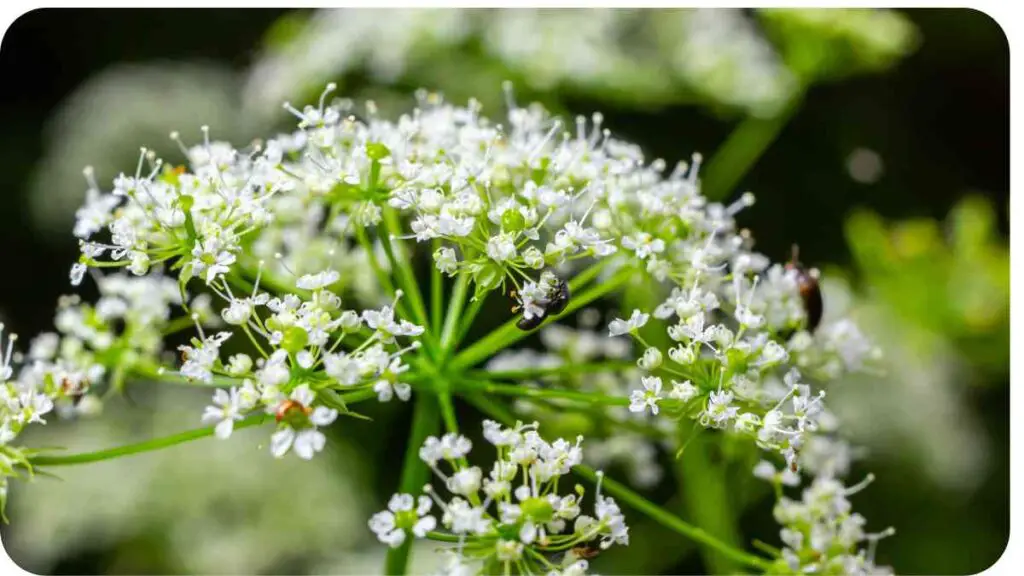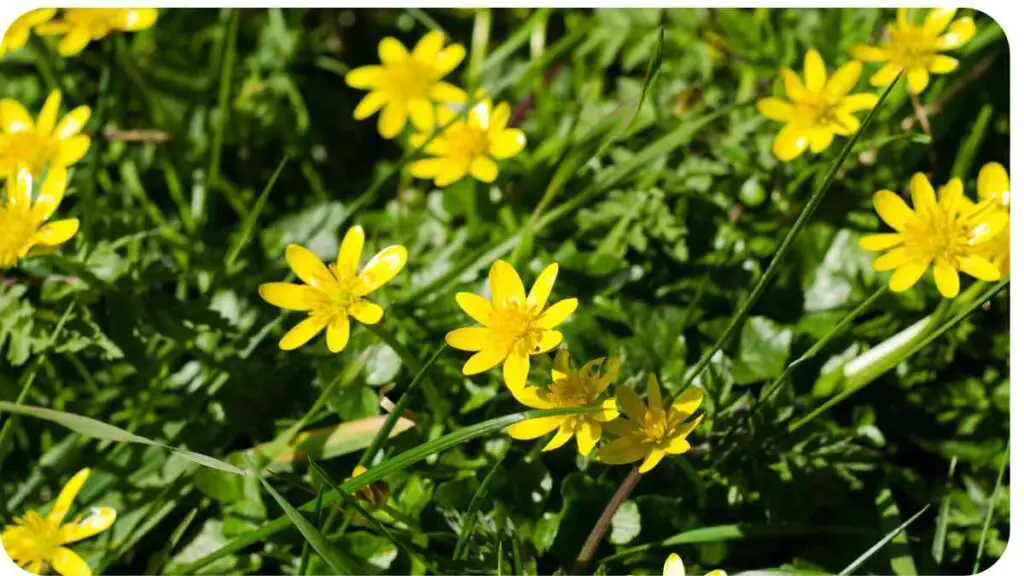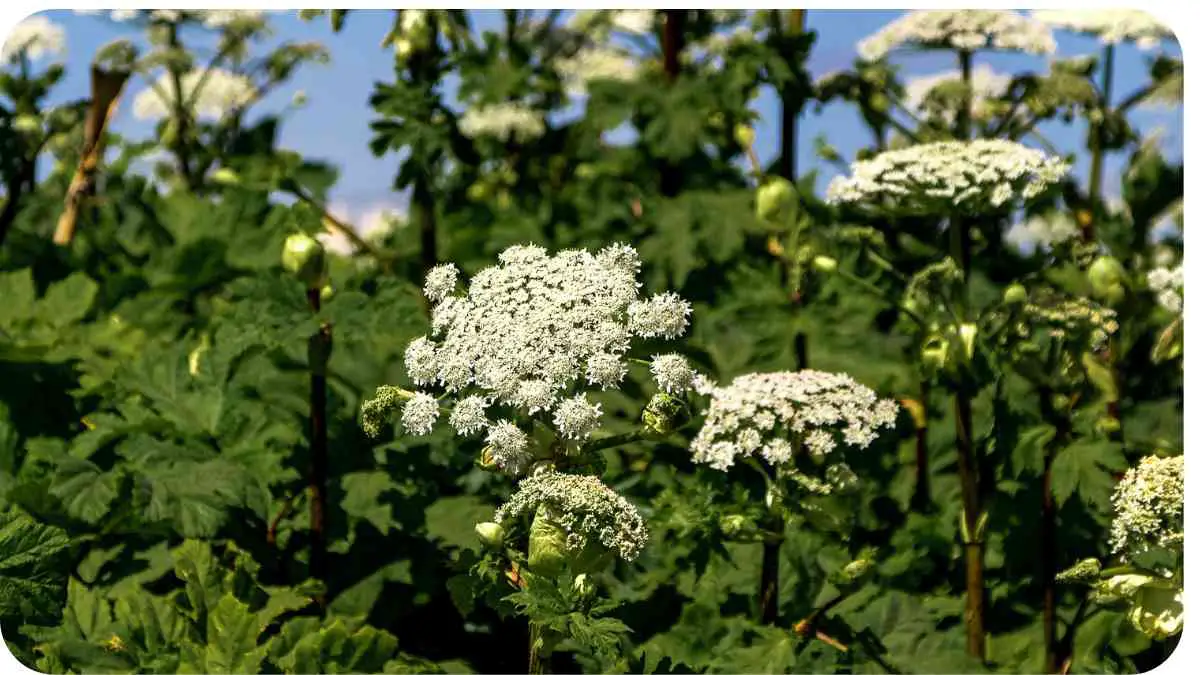Flowers, with their vibrant colors and enticing fragrances, often adorn our homes and gardens. However, not all flowers are harmless. Some can pose serious health risks if ingested or even handled improperly.
In this article, we’ll explore which flowers are toxic to humans, how to identify them, and essential safety tips to ensure your floral enjoyment remains worry-free.
| Key Takeaways |
|---|
| – Understand which flowers are toxic to humans and their effects. |
| – Recognize symptoms of flower poisoning and take immediate action. |
| – Safely handle and dispose of toxic flowers to prevent accidents. |
| – Choose non-toxic alternatives for safer floral arrangements. |
| – Educate children and pet owners about flower safety precautions. |
Understanding Toxicity in Flowers

What Makes a Flower Toxic?
Flower toxicity varies widely based on the species and the chemicals they contain. Many toxic flowers contain alkaloids, glycosides, or other compounds that can cause adverse reactions in humans. Understanding these compounds is crucial for recognizing potential dangers.
Dead flowers can pose various health risks, including respiratory issues and allergies. To learn more about these potential dangers, check out this article on can dead flowers make you sick. Understanding these risks is essential for maintaining a safe environment.
Common Toxic Compounds in Flowers
To understand the risks associated with toxic flowers, it’s essential to know which compounds they may contain. Below is a table highlighting some common toxic compounds found in flowers:
| Compound | Effects on Humans |
|---|---|
| Alkaloids | Can cause nausea, vomiting, and neurological effects |
| Glycosides | Toxic to the heart and gastrointestinal system |
| Oxalates | Irritate the skin and mucous membranes |
| Solanine | Causes gastrointestinal distress |
Symptoms of Flower Toxicity
Recognizing Symptoms of Flower Poisoning
Identifying flower poisoning symptoms early is crucial for prompt treatment. Symptoms may include nausea, vomiting, abdominal pain, dizziness, and in severe cases, difficulty breathing or irregular heartbeat.
The chrysanthemum, with its rich symbolism, is not just a beautiful flower but also carries significant meanings. Discover the fascinating details about chrysanthemum flower meaning and how it compares to other flowers that might be toxic. Knowing this can help you choose your flowers wisely.
Immediate Steps to Take
If someone ingests a toxic flower or shows symptoms of poisoning, seek medical help immediately. While waiting for assistance, rinse out the mouth, provide water to drink (if conscious and not vomiting), and try to identify the flower or its parts for accurate treatment.
Most Toxic Flowers
Certain flowers are known for their high toxicity levels, posing significant health risks if mishandled or ingested. Here’s a table listing the top 10 most toxic flowers:
| Flower Name | Toxic Compounds | Potential Effects |
|---|---|---|
| Oleander | Cardiac glycosides | Severe heart rhythm disturbances |
| Foxglove | Digitalis glycosides | Heart arrhythmias, nausea, vomiting |
| Datura | Tropane alkaloids | Delirium, hallucinations, seizures |
| Lily of the Valley | Cardiac glycosides | Irregular heartbeat, dizziness, nausea |
| Autumn Crocus | Colchicine | Severe gastrointestinal symptoms, organ failure |
| Azalea | Grayanotoxins | Nausea, vomiting, weakness |
| Rhododendron | Grayanotoxins | Abdominal pain, dizziness, difficulty breathing |
| Wisteria | Lectins | Nausea, vomiting, diarrhea |
| Morning Glory | Ergoline alkaloids | Nausea, confusion, hallucinations |
| Hyacinth | Calcium oxalate crystals | Skin irritation, gastrointestinal upset |
Case Study: Dr. Emily’s Experience with Toxic Flower Exposure
Dr. Emily, a renowned botanist, encountered severe poisoning symptoms after accidental exposure to oleander sap during fieldwork in Arizona. Her experience underscores the importance of recognizing and respecting flower toxicity.
Hanging plants and flowers add a touch of elegance to any garden. If you’re interested in incorporating them into your space, learn more about the benefits of hanging plants and flowers. This can help you select safe, non-toxic options for your garden.
Lesser-Known Toxic Flowers

While some flowers are widely recognized for their toxicity, others fly under the radar despite posing significant risks. Here are some lesser-known toxic flowers:
| Flower Name | Toxic Compounds | Effects on Humans |
|---|---|---|
| Lily (Various Types) | Alkaloids, glycosides | Nausea, vomiting, kidney damage |
| Lily of the Incas | Alkaloids | Abdominal pain, vomiting, confusion |
| Clematis | Irritant compounds | Mouth irritation, gastrointestinal upset |
| Iris | Iridin | Nausea, vomiting, diarrhea |
| Monkshood | Aconitine | Numbness, muscle weakness, respiratory failure |
Anecdote: A Personal Encounter with Lesser-Known Toxic Flowers
During a gardening project, I mistakenly planted monkshood alongside harmless perennials, unaware of its toxicity. Fortunately, quick action and medical advice prevented any serious health issues.
Child Safety and Pet Hazards
Protecting Children from Toxic Flowers
Children are naturally curious and may inadvertently touch or taste toxic flowers. Secure gardens and educate them about flower safety to prevent accidents.
Flowers that bloom all year can provide continuous beauty in your garden. For a comprehensive guide on these flowers, explore the variety of year-round bloomers. Knowing which flowers bloom all year helps ensure you’re selecting safe and vibrant options.
Pet Hazards and Flower Toxicity
Pets, especially cats and dogs, are vulnerable to flower toxicity. Keep toxic flowers out of reach and promptly remove fallen petals or leaves to safeguard your furry friends.
Safe Handling Practices
How to Handle Toxic Flowers Safely
When working with or around toxic flowers, follow these safety guidelines:
- Wear gloves and protective clothing.
- Wash hands thoroughly after handling.
- Avoid touching your face or mouth while handling flowers.
- Dispose of pruned or dead flowers properly.
Safe Disposal Methods
Dispose of toxic flowers carefully to prevent accidental ingestion by wildlife or pets. Double-bag them and discard in sealed containers or compost in a way that ensures no parts are accessible.
Fragrant flowers can greatly enhance your garden’s appeal. To find out which flowers offer the best scents, check out this guide on flowers that smell good. Combining fragrant flowers with non-toxic varieties creates a delightful and safe garden environment.
Alternatives to Toxic Flowers
Non-Toxic Flower Options
Enjoy beautiful blooms without the risk by choosing non-toxic flowers such as:
- Roses
- Sunflowers
- Zinnias
- Snapdragons
| Flower Name | Toxicity Level | Benefits |
|---|---|---|
| Rose | Non-toxic | Symbol of love and beauty |
| Sunflower | Non-toxic | Bright, cheerful blooms |
| Zinnia | Non-toxic | Long-lasting cut flowers |
| Snapdragon | Non-toxic | Unique, snap-like blooms |
Conclusion
In conclusion, while flowers enhance our surroundings with beauty and fragrance, it’s crucial to be aware of their potential dangers. By understanding which flowers are toxic, recognizing symptoms of poisoning, and practicing safe handling, you can enjoy your floral hobby safely.
Choose non-toxic alternatives to beautify your home and garden without compromising safety. Stay informed, stay safe, and enjoy the beauty of flowers responsibly.
This comprehensive guide equips you with the knowledge to navigate the floral world confidently, ensuring your floral pursuits are both enriching and safe.
Further Reading
For more information on toxic flowers and plants, check out these resources:
- Good Housekeeping – Deadly Poisonous Plants: Explore a comprehensive guide to deadly and poisonous plants, including safety tips and plant identification.
- The Bouqs Co. Blog – Poisonous Flowers and Plants: Learn about various poisonous flowers and plants, their effects, and how to avoid them in your home and garden.
- Forbes – Toxic Flowers to Avoid in Your Garden: Discover which toxic flowers to steer clear of in your garden, with insights on safe gardening practices.
FAQs
What are some common symptoms of flower poisoning?
- Symptoms of flower poisoning can include nausea, vomiting, abdominal pain, dizziness, and in severe cases, difficulty breathing or irregular heartbeat.
How can I recognize if a flower is toxic?
- Toxic flowers often contain specific compounds like alkaloids or glycosides. It’s important to research and identify flowers before planting or handling them.
Which are the most toxic flowers to humans?
- Flowers like oleander, foxglove, and datura are among the most toxic due to their potent cardiac glycosides and alkaloids.
How can I protect my children from toxic flowers?
- Secure gardens and educate children about flower safety. Teach them not to touch or ingest any flowers without adult supervision.
What should I do if someone ingests a toxic flower?
- Seek immediate medical help. Rinse out the mouth, provide water (if conscious and not vomiting), and try to identify the flower for accurate treatment.

I am Hellen James, a landscape architect. For many years I have written about landscaping for various publications; however, recently decided to focus my writing on personal experience as a profession.

